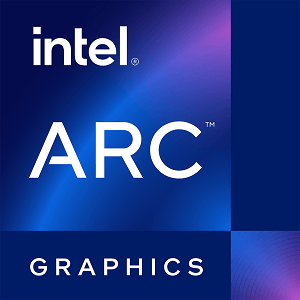NVIDIA TITAN V vs NVIDIA RTX 2000 Ada Generation
Abbiamo confrontato due GPU Piattaforma desktop: 12GB VRAM TITAN V e 16GB VRAM RTX 2000 Ada Generation per vedere quale GPU ha migliori prestazioni nelle specifiche chiave, nei test benchmark, nel consumo energetico, ecc.
Principali differenze
NVIDIA TITAN V Vantaggi
Banda VRAM più elevata (651.3GB/s vs 256.0GB/s)
2304 core di rendering aggiuntivi
NVIDIA RTX 2000 Ada Generation Vantaggi
Rilasciato 6 anni e 2 mesi in ritardo
Boost Clock è aumentato del 46% (2130MHz vs 1455MHz)
Più VRAM (16GB vs 12GB)
Potenza termica inferiore (70W vs 250W)
Punteggio
Benchmark
FP32 (virgola mobile)
TITAN V
+24%
14.9 TFLOPS
RTX 2000 Ada Generation
12 TFLOPS
3DMark Time Spy
TITAN V
+62%
13217
RTX 2000 Ada Generation
8147
3DMark Time Spy Extreme
TITAN V
+94%
7021
RTX 2000 Ada Generation
3601
Scheda grafica
dic 2017
Data di rilascio
feb 2024
GeForce 10
Generazione
Quadro Ada
Desktop
Tipo
Desktop
PCIe 3.0 x16
Interfaccia bus
PCIe 4.0 x8
Velocità di clock
1200 MHz
Clock base
1620 MHz
1455 MHz
Boost Clock
2130 MHz
848 MHz
Clock memoria
2000 MHz
Memoria
12GB
Dimensione memoria
16GB
HBM2
Tipo di memoria
GDDR6
3072bit
Bus memoria
128bit
651.3GB/s
Larghezza di banda
256.0GB/s
Configurazione del rendering
-
-
-
80
Conteggio SM
22
5120
Unità di ombreggiatura
2816
320
TMUs
88
96
ROPs
48
640
Core Tensor
88
-
Core RT
22
96 KB (per SM)
Cache L1
128 KB (per SM)
0 MB
Cache L2
12 MB
-
-
-
Prestazioni teoriche
139.7 GPixel/s
Tasso di pixel
102.2 GPixel/s
465.6 GTexel/s
Tasso di texture
187.4 GTexel/s
29.80 TFLOPS
FP16 (metà)
12.00 TFLOPS
14.90 TFLOPS
FP32 (float)
12.00 TFLOPS
7.450 TFLOPS
FP64 (doppio)
187.4 GFLOPS
Design della scheda
250W
TDP
70W
600 W
PSU suggerito
250 W
1x HDMI 2.0
3x DisplayPort 1.4a
Uscite
4x mini-DisplayPort 1.4a
1x 6-pin + 1x 8-pin
Connettori di alimentazione
None
Processore grafico
GV100
Nome GPU
AD107
GV100-400-A1
Variante GPU
-
Volta
Architettura
Ada Lovelace
TSMC
Fonderia
TSMC
12 nm
Dimensione del processo
5 nm
21.1 miliardo
Transistor
18.9 miliardo
815 mm²
Dimensione del dado
159 mm²
Funzionalità grafiche
12 (12_1)
DirectX
12 Ultimate (12_2)
4.6
OpenGL
4.6
3.0
OpenCL
3.0
1.3
Vulkan
1.3
7.0
CUDA
8.9
6.6
Modello Shader
6.7



